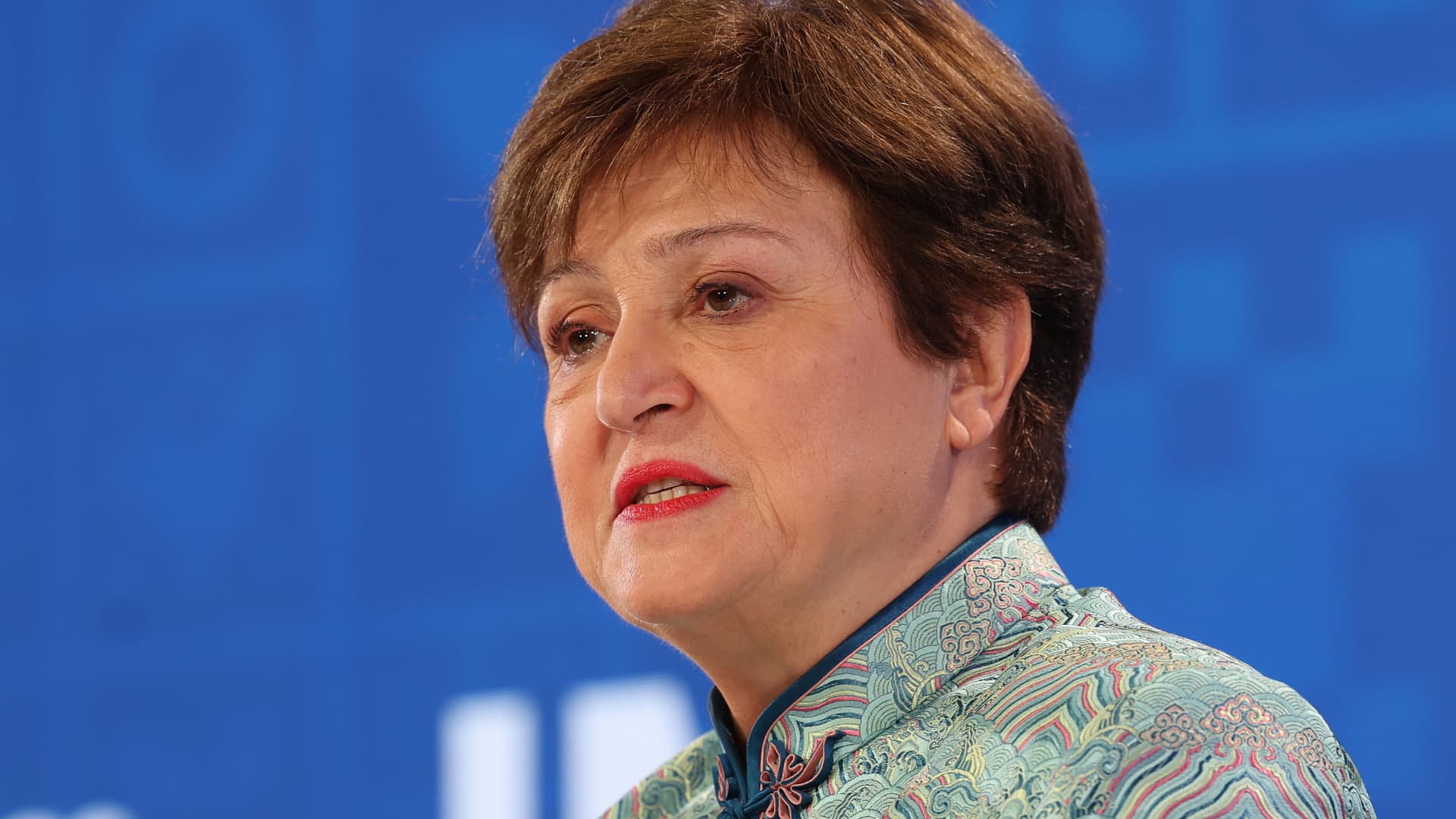SINGAPORE — Central bank digital currencies have the potential to replace cash, but adoption could take time, said Kristalina Georgieva, managing director of the International Monetary Fund on Wednesday.
“CBDCs can replace cash which is costly to distribute in island economies,” she said Wednesday at the Singapore FinTech Festival. “They can offer resilience in more advanced economies. And they can improve financial inclusion where few hold bank accounts.”
CBDCs are the digital form of a country’s fiat currency, which are regulated by the country’s central bank. They are powered by blockchain technology, allowing central banks to channel government payments directly to households.
“CBDCs would offer a safe and low-cost alternative [to cash]. They would also offer a bridge to go between private monies and a yardstick to measure their value, just like cash today which we can withdraw from our banks,” the IMF chief said.
The IMF has said that more than 100 countries are exploring CBDCs – or approximately 60% of countries in the world.
“The level of global interest in CBDCs is unprecedented. Several central banks have already launched pilots or even issued a CBDC,” the IMF said in a September report.
According to a 2022 survey conducted by the Bank for International Settlements, of the 86 central banks surveyed, 93% said they were exploring CBDCs, while 58% said they were likely to or may possibly issue a retail CBDC in either the short or medium term.
But as of June, only 11 countries have adopted CBDCs, with an additional 53 in advanced planning stages and 46 researching the topic, according to data from the Atlantic Council.
… this is not the time to turn back. The public sector should keep preparing to deploy CBDCs and related payment platforms in the future.Kristalina GeorgievaManaging director, IMF
Referring to a 2018 speech by her predecessor Christine Lagarde, when the former IMF chief encouraged policymakers to follow the “winds of change” and explore the use of CBDCs, Georgieva said: “Five years on, I’m here to provide an update on that voyage.”
“First, countries did set sail. Many are investigating CBDCs and are developing regulation to guide digital money developments,” said Georgieva referring to the speech.
On Wednesday, the fund launched a CBDC handbook as a reference guide for policymakers around the world. Georgieva said many countries are investigating CBDCs and developing regulation to guide digital money developments.
“Second, we have not yet reached land. There is so much more space for innovation and so much uncertainty over use-cases,” Georgieva told an audience which included industry experts, investors and journalists.
“In some countries the case seems dim today, but even they should remain open to potentially deploy CBDCs tomorrow. Why?” said Georgieva. “This is not the time to turn back.”
“The public sector should keep preparing to deploy CBDCs and related payment platforms in the future. Fourth, these platforms should be designed from the start to facilitate cross-border payments, including with CBDCs,” the managing director said.
Potential of CBDCs
Countries that have issued retail CBDC include the Bahamas, Jamaica and Nigeria.
Singapore’s Monetary Authority of Singapore has said that cash is “generally incompatible” with the digital economy. In a 2021 report, the country’s central bank said the demand for cash as a means of payment is set to decline further.
According to the BIS, using CBDCs for cross-border payments could lower the costs of obtaining, storing and spending foreign currency, depending on design and regulations.
Georgieva also said that artificial intelligence “could amplify some of the benefits of CBDCs” by providing accurate credit scoring and personalized support.
Demand for generative AI has boomed following the release of OpenAI’s ChatGPT in November last year, which was estimated to have reached 100 million monthly active users within two months after launch.
“It could improve financial inclusion by providing rapid, accurate credit scoring based on various data. It could provide personalized support to people with low financial literacy,” said Georgieva.
“To be sure, we need to protect personal privacy and data security, and avoid embedded biases so we don’t perpetuate inequality but aim to reduce it. Managed prudently, AI could help,” she added.
